Top Gun: Maverick is a perfect combination of outstanding action cinematography, a good story spiced with nostalgia, a perfect cast, and precise sounds and visuals. It’s like watching Fast & Furious, but with much more depth, and with fighter jets instead of cars. It’s a rare film. They don’t make ’em like that anymore. Hence, it’s a must-see!, but ONLY on the huge canvas. Here’s our technical review.
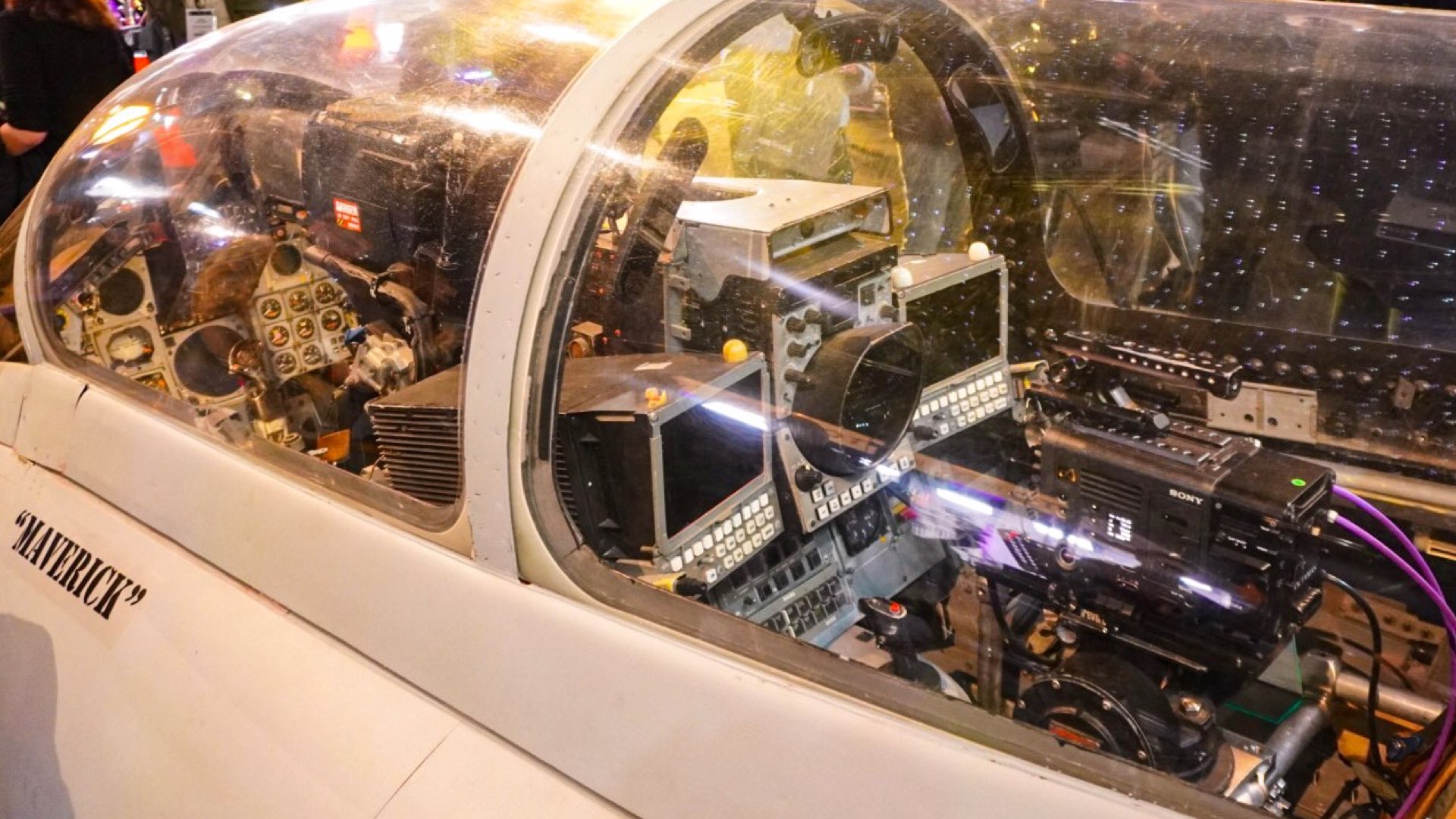
Top Gun: Maverick = (Fast & Furious X10)2
No spoilers here! And yes, we wanted to get out of the box with the title, as there are many reviews out there and we wanted a title that emphasizes our feeling of watching this adrenaline boost injected straight from the big screen. Watching Top Gun: Maverick is like watching the Fast & Furious saga, but better, and a lot faster. Instead of cars, there are F-18s. Instead of a superficial plot, there’s a meaningful nostalgic story. And the cinematography is out of this world- simple yet challenging and ultra-complex. Everything is very precise here. You don’t look at your watch since you feel the tension. Time is no factor. Everything is fast, and an accurate dose of excitement leads to goosebumps. It’s a sad thing though, since Top Gun: Maverick is a rare masterpiece that has required a total dedication in the making, which we all know that they don’t make ’em like that anymore. This commitment was led by Tom Cruise, who was the main engine behind this ambitious project.
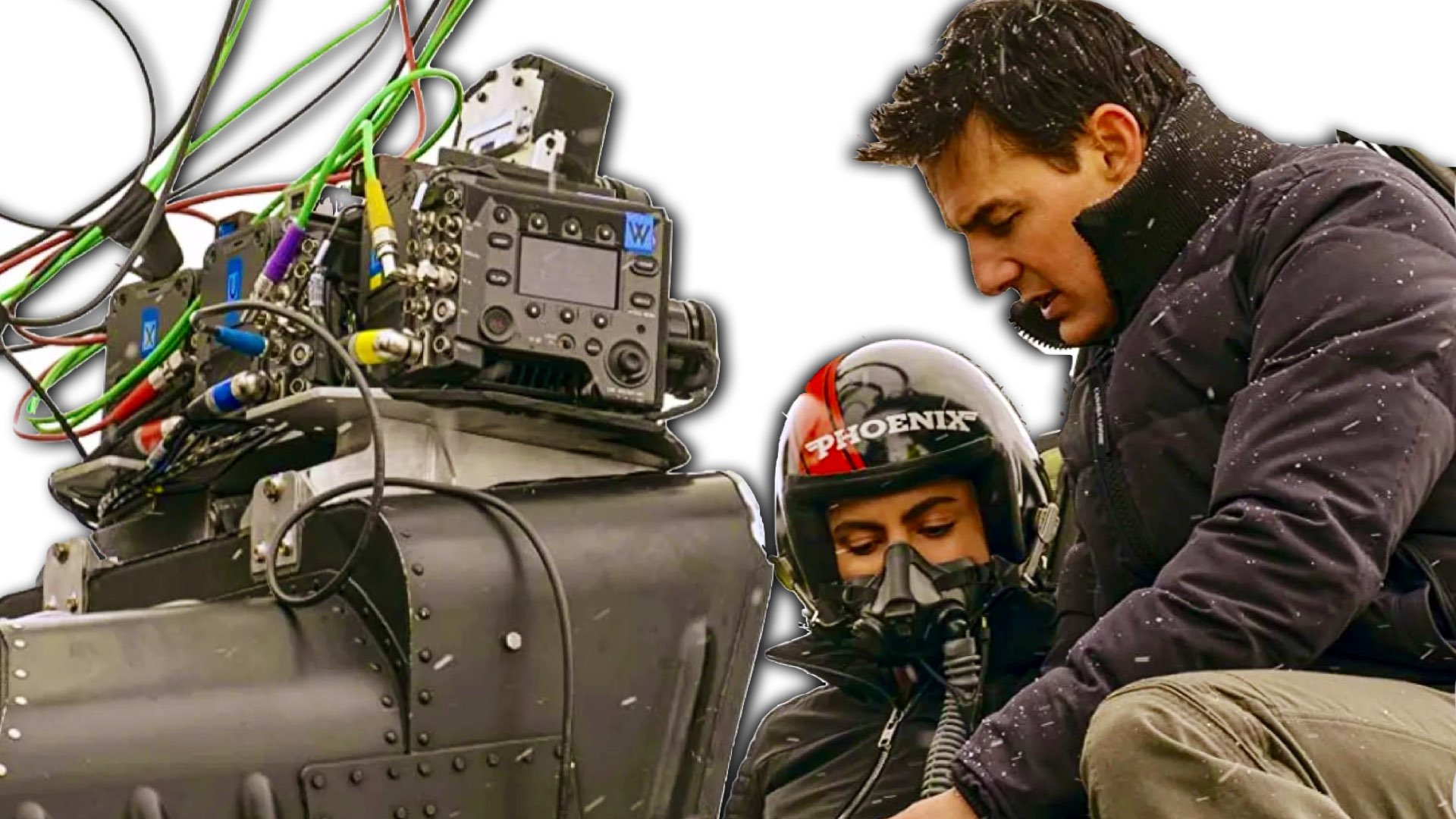
No VFX was implemented in these cases. NO green-screens. All is real. These four sensors that deliver four different FOV elevate the level of realism. As such you get the feeling of being inside a fighter jet.
Go for the IMAX (ONLY!)
Top Gun: Maverick was made for the IMAX. We wrote so many articles about the tech utilized to shoot the aerial sequences with the goal to present the visuals on the huge canvas. In our previous article, we wrote about our concern that the cockpit shots won’t look as good on the IMAX screen. Well, we were wrong. Those shots look amazing, as we saw Top Gun: Maverick on the IMAX. For those who are not familiar with the tech, here’s a simplified explanation. The film was shot on the Sony VENICE utilizing its marvelous X-OCN (extended tonal range Original Camera Negative) codec (=camera output). Indeed, the X-OCN delivered stunning imagery in many cases of the film. However, the cockpit shots were captured by a whole different codec derived from a limitation in space due to the dense F-18 cockpit. Sources confirmed that six cinema cameras were located inside the cockpit. Nevertheless, we’ve counted ‘only’ four. Each camera’s sensor was aimed at a different FOV (Field of View). In order to shoot the superior X-OCN, an external recorder was needed, However, inside that small cockpit there wasn’t room for those recorders, and thus the cameras utilized a more inferior output which is called 4K XAVC Class 480. But rest assured that the 4K XAVC Class 480 looks awesome on the IMAX as well. In case you’d like to dive deeper into the technicals, make sure to read our articles below:
- Top Gun: Maverick – Six Sony VENICE Cameras Inside a Fighter-Jet Cockpit
- Top Gun: Maverick Says NO to Streaming Services
- Tom Cruise Taught Actors How To Operate Sony VENICE Cameras Inside Fighter Jets in Top Gun: Maverick
- Meet the ‘Cockpit Lens’ Behind Top Gun: Maverick
- Top Gun: Maverick’s Cockpit Shots Were Captured in 4K. Is it Still Worth Watching on IMAX?
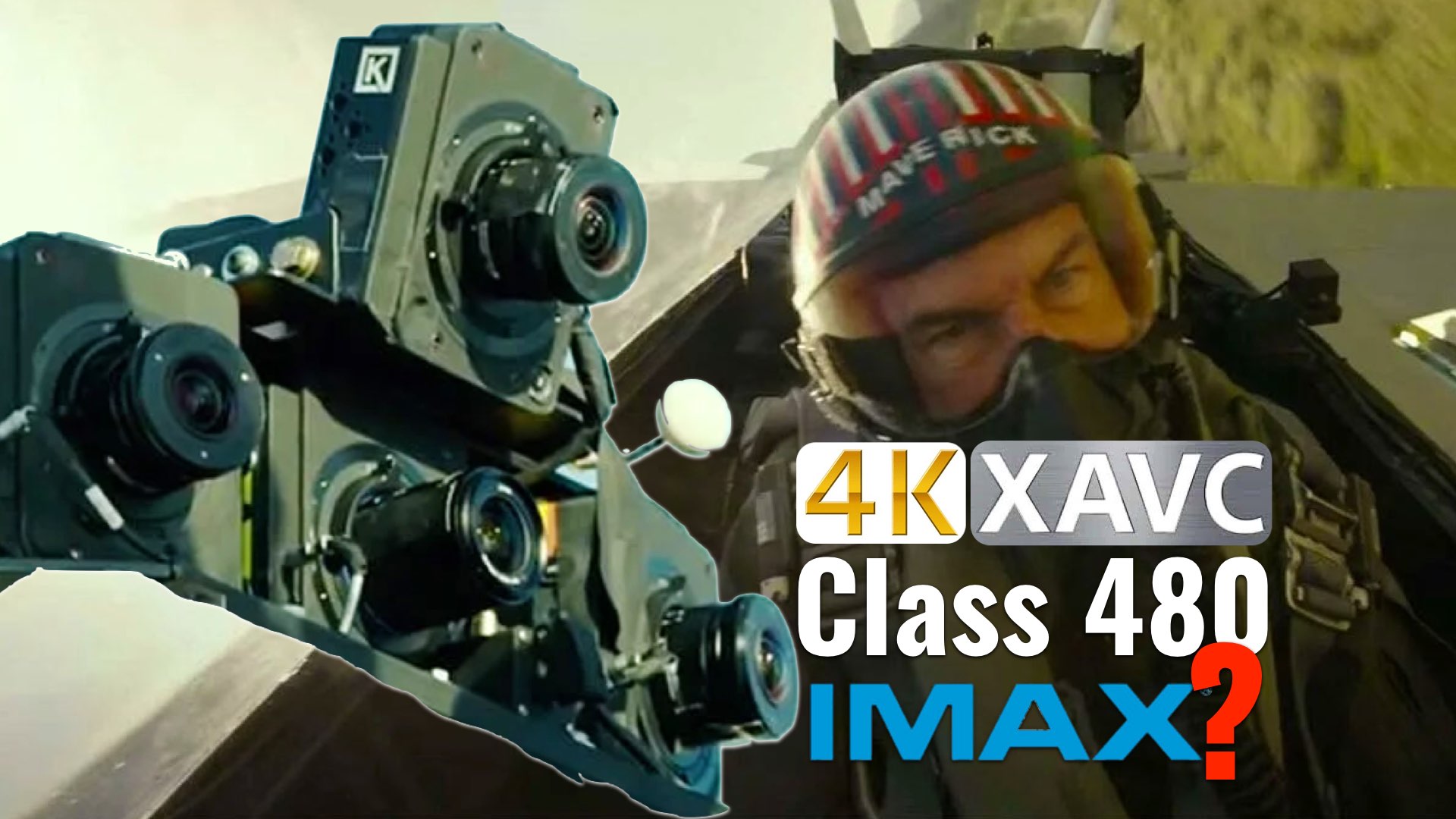
It’s amazing to think that the most beautiful shots were captured on an inferior codec and cheap lenses which look stunning even on IMAX.
Cockpit shots as the highlights of the movie
These 4K XAVC Class 480 shots are the best part of the film. Although the sensors were paired with wide-angle lenses which means there’s no shallow DOF (Depth of Field), it looks ultra cinematic and real, because it is. No VFX was implemented in these cases. NO green-screens. All is real. These four sensors that deliver four different FOV elevate the level of realism. As such you get the feeling of being inside a fighter jet. Moreover, don’t expect a low number of cockpit shots. In fact, most of the aerial action is being shown with the help of these very unique shooting methodologies. As the actors are truly flying under real G-forces, they are not pretending. It’s all real and delivered through the IMAX screen. Insane! It’s amazing to think that the most beautiful shots were captured on an inferior codec and cheap lenses which look stunning even on IMAX.
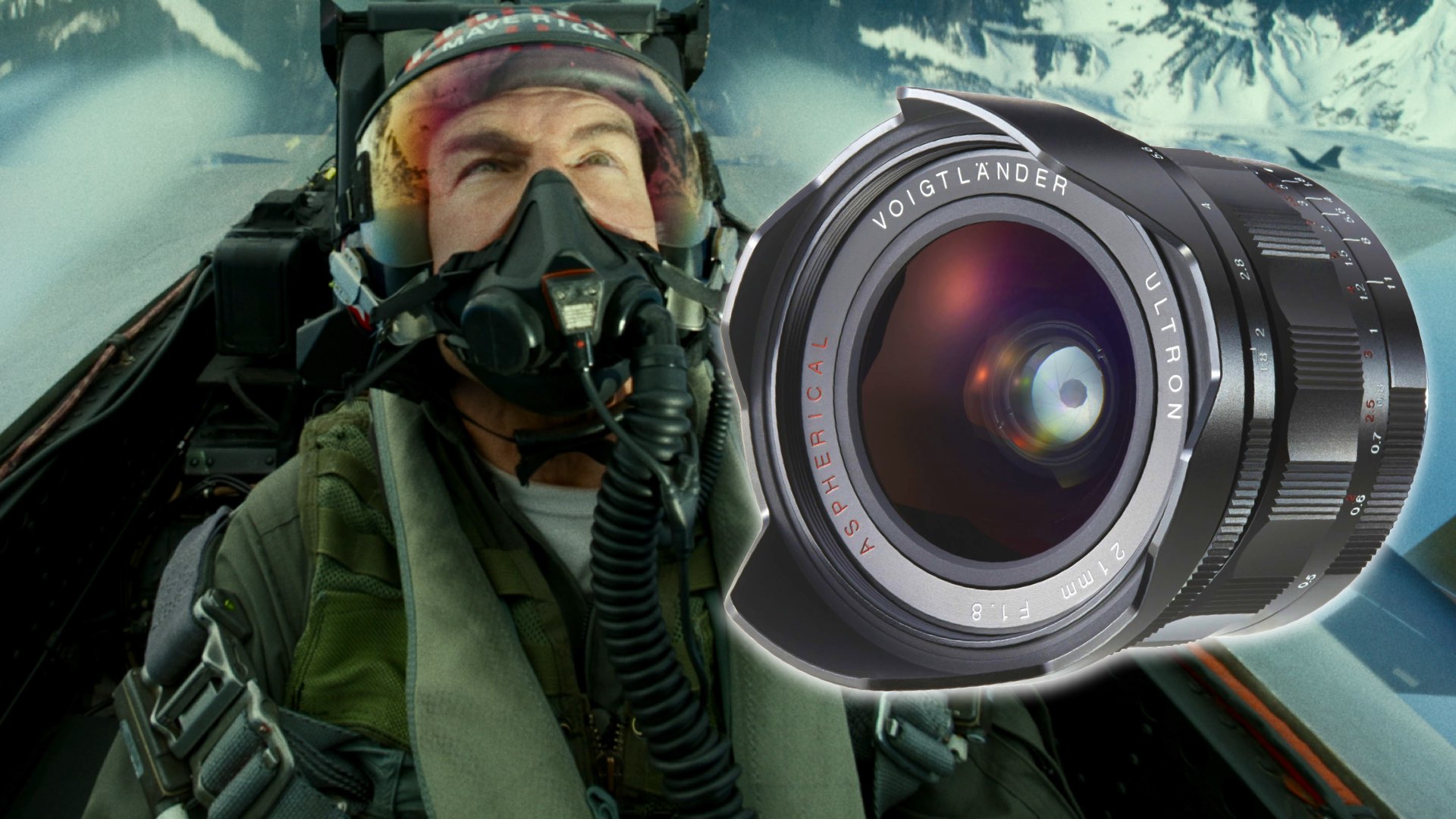
A big screen is a big screen
How lucky we are that Paramount refused to sell this movie to Netflix/HBO. What a smart decision to postpone the screening and wait till the ‘pandemic’ is over. If Top Gun: Maverick was first to be screened on Netflix before theaters, it was like throwing all this super hard filmmaking work into the trash. (BTW, Christopher Nolan should wait as well with Tenet.) These kinds of projects remind us what filmmaking is all about, and how movie theaters are superior compared to home TVs (yes, even those that can screen 8K). To sum it up, go see Top Gun: Maverick on the IMAX and not less than that. You’ll not regret it. Trust us!

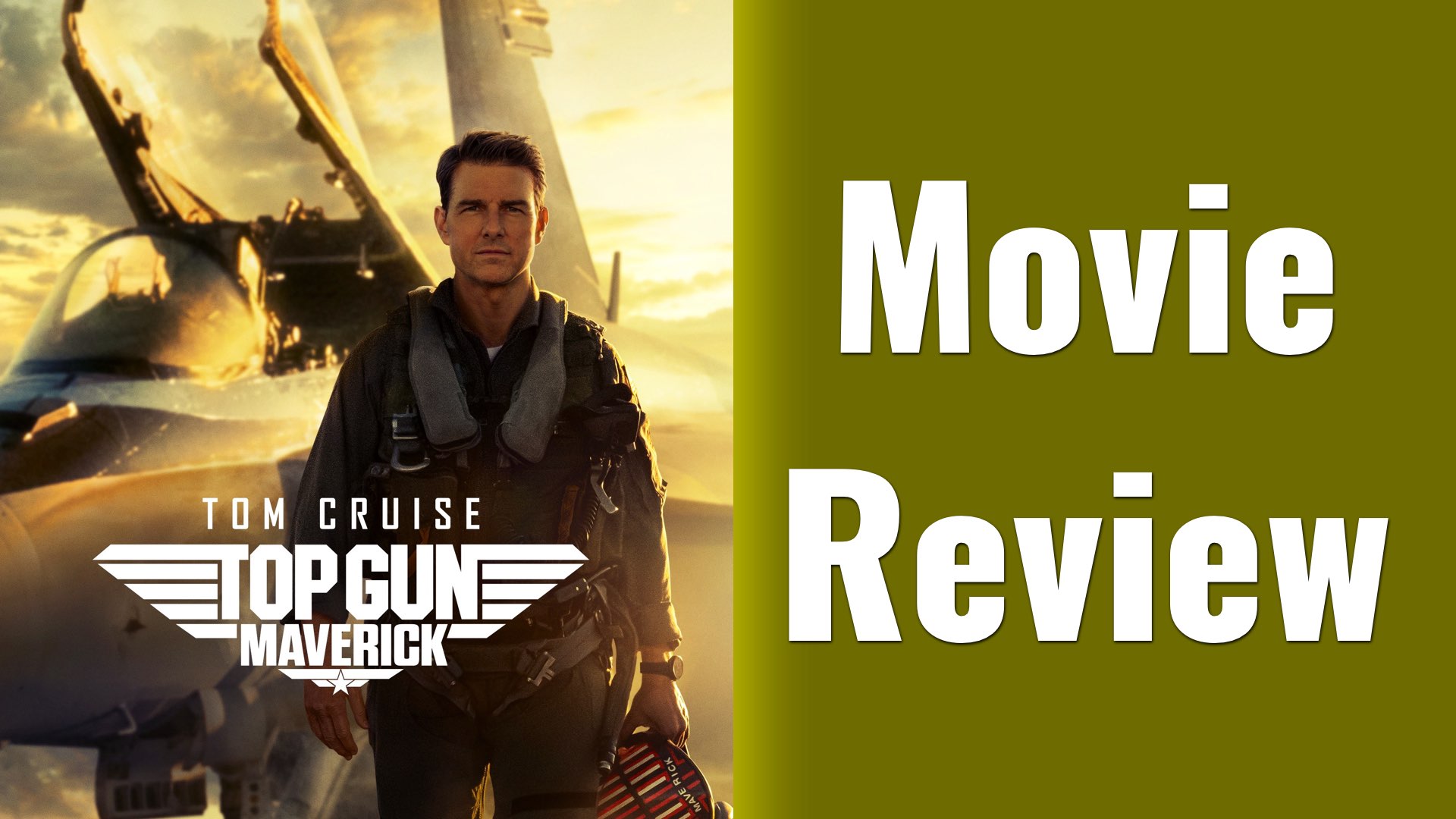
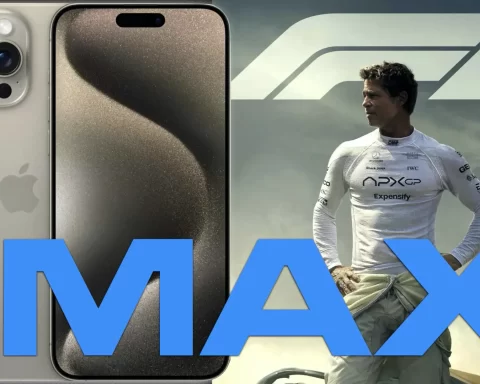




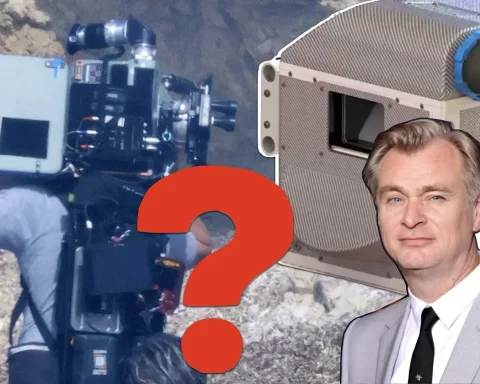

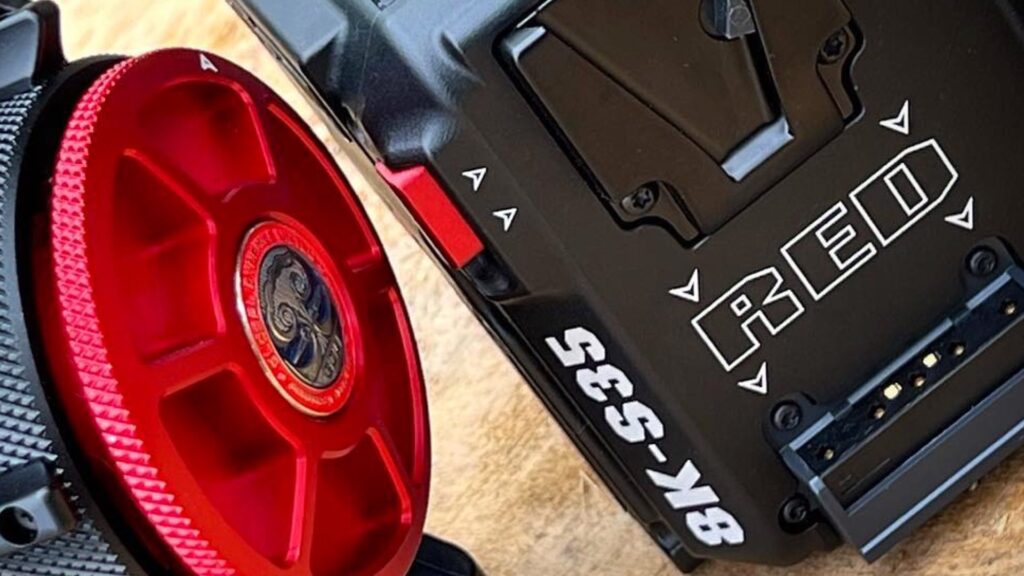
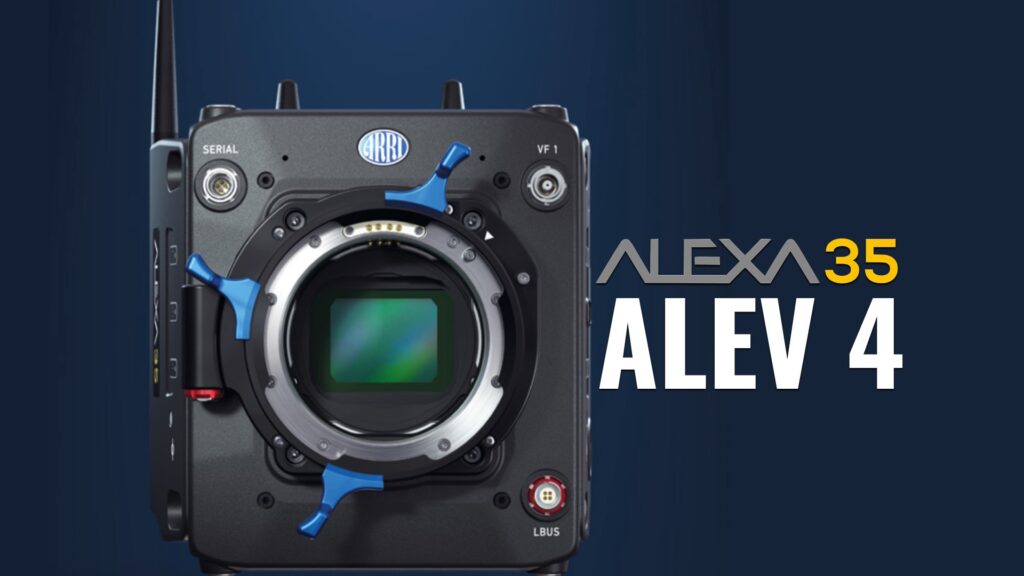
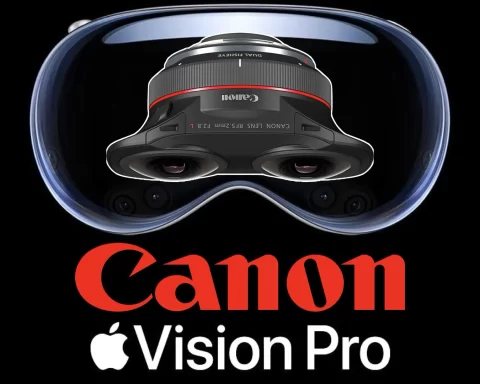
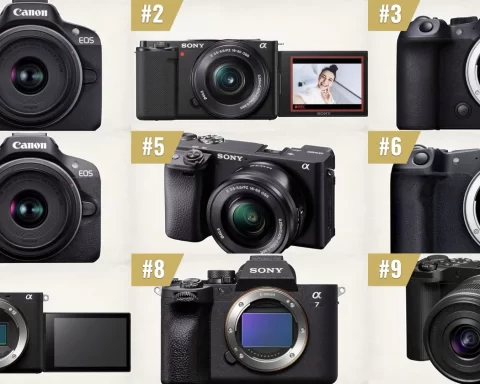



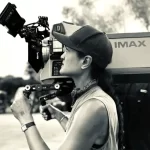
Glorified war propaganda